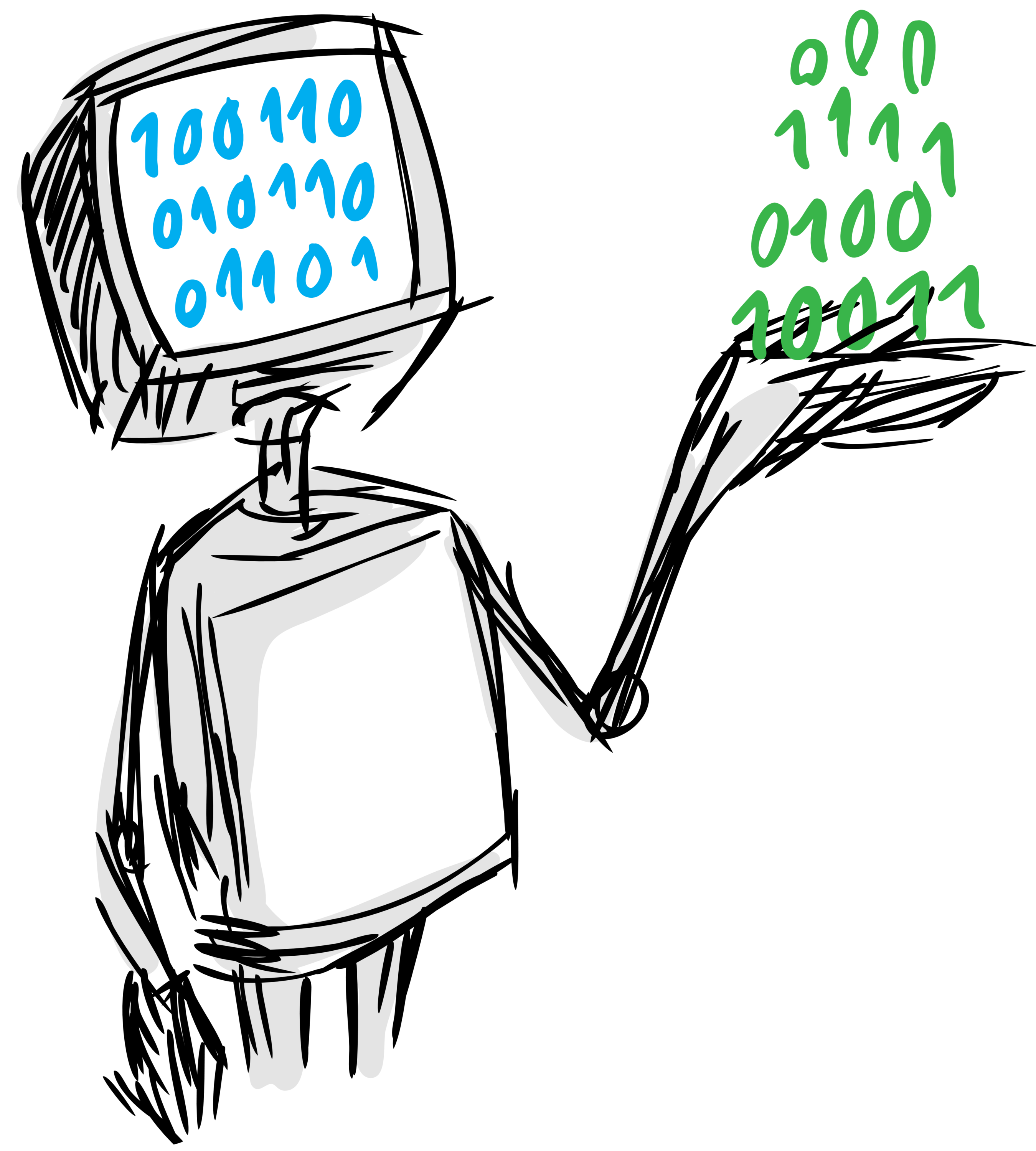
MTV is a visual analytics system built for anomaly analysis of multiple time-series data.
The Restful APIs documentation: http:https://45.77.5.58/apidoc/
Before you begin we recommend you read about the basic building blocks that assemble the MTV:
- Python (>=3.0) - MTV has been developed and runs on Python 3.6. Although it is not strictly required, the usage of a virtualenv is highly recommended in order to avoid interfering with other software installed in the system where MTV is run.
- Flask (>=1.0.2) - The best way to understand express is through its Official Website, which has a good Tutorial. We use Flask-RESTful as an extension of Flask to quickly build REST APIs.
- Typescript (>=3.0) - Typescript's Official Documentation is a great starting point.
- MongoDB (>=3.6) - Go through MongoDB Official Website and proceed to their Official Manual, which should help you understand NoSQL and MongoDB better.
Make sure you have installed all of the following prerequisites on your development machine:
-
Git - Download & Install Git. OSX and Linux machines typically have this already installed.
-
Node.js (>= 10.0.0) - Download & Install Node.js and the npm package manager. Make sure to install gulp-cli globally after the installation of Node.js.
$ npm install --quiet -g gulp-cli
-
MongoDB - Download & Install MongoDB, and make sure it's running on the default port (27017).
The recommended way to get MTV is to use git to directly clone the MTV repository:
$ git clone https://github.com/HDI-Project/MTV mtvThis will clone the latest version of the MTV repository to a mtv folder.
Another way to use the MTV is to download a zip copy from the master branch on GitHub. You can also do this using the wget command:
$ wget https://github.com/HDI-Project/MTV/archive/master.zip -O mtv.zip
$ unzip mtv.zip
$ rm mtv.zipDon't forget to rename mtv-master after your project name.
Once you've downloaded the MTV repository and installed all the prerequisites, you're just a few steps away from running your application. To install the project, create a virtualenv and execute
$ make install
$ make install-themeThis command will install all the dependencies needed for the application (server-end and client-end) to run. For development, use the following command instead, which will install some additional dependencies for code linting and testing
$ make install-develop
$ make install-theme$ make load-db-mtvThis will download and restore the dataset into MongoDB.
Once the required data is generated using Orion, you simple type the following command to sync the data from Orion to MTV. Note that you can configure the mongodb in the file ./mtv/config.yaml.
$ mtv update db -vPlease activate your virtualenv for MTV first, and then use the following command to run the application.
$ mtv run -vYour application should run on port 3000 with the production environment by default. Just go to http:https://localhost:3000 in your browser (Chrome). The following list the optional arguments for mtv run
usage: mtv run [-h] [-l LOGFILE] [-v] [-P PORT] [-E ENV]
optional arguments:
-h, --help show this help message and exit
-l, --logfile LOGFILE Name of the logfile. If not given, log to stdout.
-v, --verbose Be verbose. Use -vv for increased verbosity.
-P PORT, --port PORT Flask server port
-E ENV, --env ENV Flask environment
The server-end code and client-end code are in two separate folders, namely, <project-home>/mtv and <project-home>/client
Run the following command for server-end development
$ mtv run -E development -vRun the following command for client-end development
$ cd client
$ gulp-
Load data into the mongo container
$ make docker-db-up
-
Run the application
$ docker-compose up -d
The application should be successfully running on port 3000 using the production environment by default. Just go to http:https://localhost:3000 in your chrome browser to start your exploration.
Note: if MTV is deployed in a remote server, please change the variable
serverin.client/src/config.tsto the server IP address with right port. -
Stop the application
$ docker-compose stop
-
Remove the related containers and volumes (optional step)
$ docker-compose down -v
-
Download MTV project and put the MTV docker image into the project direction
-
Enter the MTV folder and install the docker image by running
$ docker load --input mtv.tar Loaded image: dyuliu/mtv:latest Loaded image: mongo:4.0
-
Restore data back to database running on mongo:4.0 container
$ docker-compose -f docker-compose-db.yml up
-
Run the application. Please check the file
docker-compose.ymland make sure line 18 (build: .) is commented and line 17 (image: dyuliu/mtv) is uncommented.$ docker-compose up -d
Your application should run on port 3000 with the production environment by default. Just go to http:https://localhost:3000 in your browser to start your exploration.
-
Stop the application
$ docker-compose stop